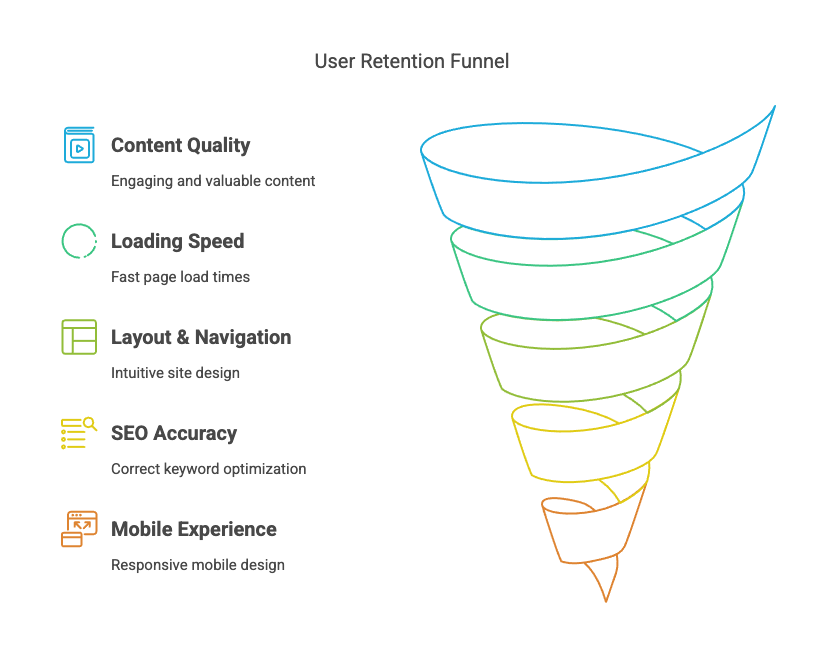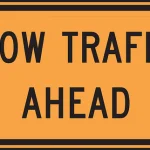recently confirmed Google doesn’t use bounce rate as a signal for search engine ranking; this offers little comfort to website owners whose visitors won’t stick around.
A site’s bounce rate is, specifically, the percentage of visitors that leave the site from the page on which they arrived without interacting or following navigation. Sites with a high bounce rate are falling at the first hurdle, and it can often be difficult to determine exactly which factors are repelling users. Today we’re going to have a look at the five most likely reasons that your site is failing to engage people.

Low Quality Content
Firstly, users come to a website to have a need satisfied. Therefore, if the content they find doesn’t meet that need, they’ll reach for the back button and head for the next site Google gives them. Furthermore, a site’s copy can be perfectly optimized for search engines. However, if it offers no value to the reader or viewer, it’s a wasted effort. In fact, good quality content, including videos and images, is expensive. Nonetheless, it’s necessary to keep people engaged long enough for conversions.
Slow to Load
As we saw in our recent series on website speed optimization, user’s levels of dissatisfaction rise by the second when they’re faced with a slow-loading page. Many won’t stick around to see your content and design if it takes more than a couple of seconds to arrive in front of their eyeballs. Take a look at the second article in our series to get some ideas how to fix the problem.
Poor Layout and Navigation
Good UI design is crucial to giving users an experience that will encourage them to engage with your site. The principle of least surprise is a great guideline to layout and navigation. Designers want to make sites that stand out from the crowd; however, they should be careful that they don’t deviate too much from the user’s expectations.
Bad SEO
If search engine results misrepresent a site, users arrive unhappy. This happens because sites optimize for wrong keywords or use inaccurate titles and misleading meta descriptions. Google presents only the information it finds on the site. So, optimize your pages for your desired audience. One excellent way to do this is to take advantage of rich snippets.
Poor Mobile Experience
Many of the users of a site are going to be using tablets and smartphones. Mobile unfriendly sites increase bounce rate. If users have a bad mobile experience, they usually don’t return. They’ll just go to a competitor who can offer a better experience.
We’ve give you five reasons your site might have a high bounce rate, but user satisfaction is a complicated endeavor; we’d love to hear your thoughts and experiences on this issue.




